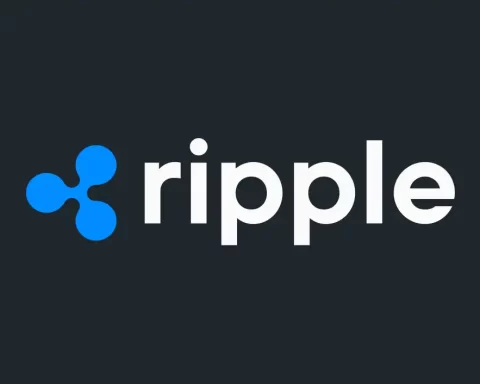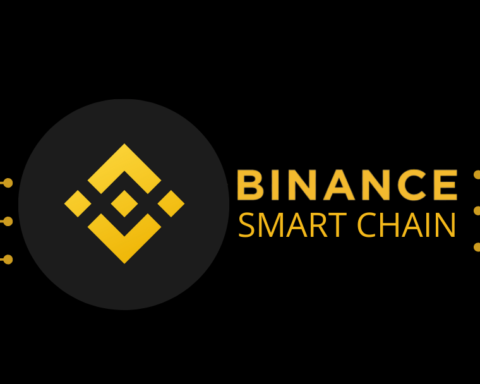Big Eyes, a cat-themed meme coin, commenced its presale in August 2022, planning to conclude on June 3, 2023. This ERC-20 token, represented as $BIG, is set to debut on Uniswap and a yet-to-be-revealed top-tier CEX.
The $BIG token presale, despite a few delays, has managed to raise an estimated $35 million. Consequently, there’s increasing speculation about the potential price of Big Eyes coin following its Initial Coin Offering (ICO). The coin is now in its thirteenth stage, priced at $0.00052.
Although the token’s hard cap of $51.2 million may not be reached by the slated launch date, the Big Eyes team maintains that the funds raised to date meet the soft cap and suffice to proceed with the project.
Notably, the next Bitcoin halving event is due in April 2024. Given the history, some traders anticipate this could trigger the next crypto bull run. If Big Eyes successfully launches and retains its popularity until 2025, it could potentially benefit from this projected upswing, assuming recession concerns subside, benefiting the overall crypto market.
READ: 4 Best Crypto Projects To Invest In
However, the project’s success largely hinges on the Big Eyes team’s ability to fulfill its roadmap and alleviate the prevalent FUD (Fear, Uncertainty, and Doubt) associated with the project.
Should You Invest in Big Eyes?
While this project may seem promising at first glance, it has a lot of red flags which suggest it will end up being a scam or rugpull.
From its aggressive paid marketing campaigns on dozens of crypto and non-crypto sites, to its extended presale, it looks very likely that Big Eyes Coin is a scam project.
There’s also a lack of transparency regarding who’s behind this project and who the founders are.
Therefore, it is not advisable to invest in Big Eyes.
Meme Coin Scams 101
Meme coin scams have proliferated in the crypto market, capitalizing on the meteoric rise of meme coins like Dogecoin and Shiba Inu. These scams exploit the euphoria and greed often seen in retail investors aiming to strike it rich in a budding, albeit volatile, market. To help you avoid falling victim to such fraudulent activities, it’s crucial to understand how these scams operate and the red flags to look out for.
First, let’s discuss the nature of meme coins. A meme coin is a type of cryptocurrency that often lacks a substantial technological underpinning or practical use case. They’re largely driven by online hype, social media buzz, and celebrity endorsements. While some meme coins, such as Dogecoin, have seen legitimate success, others merely ride this wave without offering real value or long-term potential.
A typical meme coin scam often begins with the creation of a new coin that promises astronomical returns, luring investors with the promise of being “the next Dogecoin” or “the next big thing” in crypto. The developers of these coins may employ aggressive marketing tactics, including fake celebrity endorsements, excessive advertising, and even organized “pump and dump” schemes.
Pump and dump schemes are a significant aspect of meme coin scams. The fraudsters inflate the coin’s price artificially, often using coordinated buying and social media campaigns to create an illusion of legitimacy and a fear of missing out (FOMO) among potential investors. Once the coin’s price reaches a certain threshold, these fraudsters sell (or “dump”) their holdings, causing the coin’s price to crash and leaving other investors with significant losses.
One of the most infamous examples of such scams is the Squid Game token, which was modeled after the popular Netflix series. After a massive price surge, the token’s price crashed in minutes as the developers allegedly performed a “rug pull,” a tactic where developers abandon the project and leave with the funds.
Despite the potential for massive losses, these scams continue to attract new investors due to FOMO and the desire for quick profits. Here are a few red flags to consider:
- Over-promising Returns: If a coin promises guaranteed or extremely high returns, it’s likely a scam. Investing in cryptocurrencies is risky, and no legitimate project can guarantee profits.
- Lack of Transparency: Legitimate projects typically have a clear roadmap, an identifiable team, and a comprehensive white paper explaining the project’s objectives and technology. Scam coins often lack these, with vague or non-existent information about their team or goals.
- Aggressive Marketing Tactics: Fake celebrity endorsements, excessive hype, and a sense of urgency are commonly employed by scammers.
- Limited Exchange Listings: Scam coins are often listed on obscure or decentralized exchanges and can’t be found on reputable, regulated ones.
In summary, while the excitement surrounding meme coins can be tempting, it’s crucial to conduct thorough research, scrutinize the project’s details, and exercise caution. Always remember the cardinal rule of investing: never invest more than you can afford to lose.
Other Articles:
Kraken reports issues with numerous crypto funding gateways
2030 Flasko price prediction – Could FLSK generatea 1,200% return?
Bored Ape Yacht Club (BAYC) utility – Why are investors spending millions on these NFTs?




